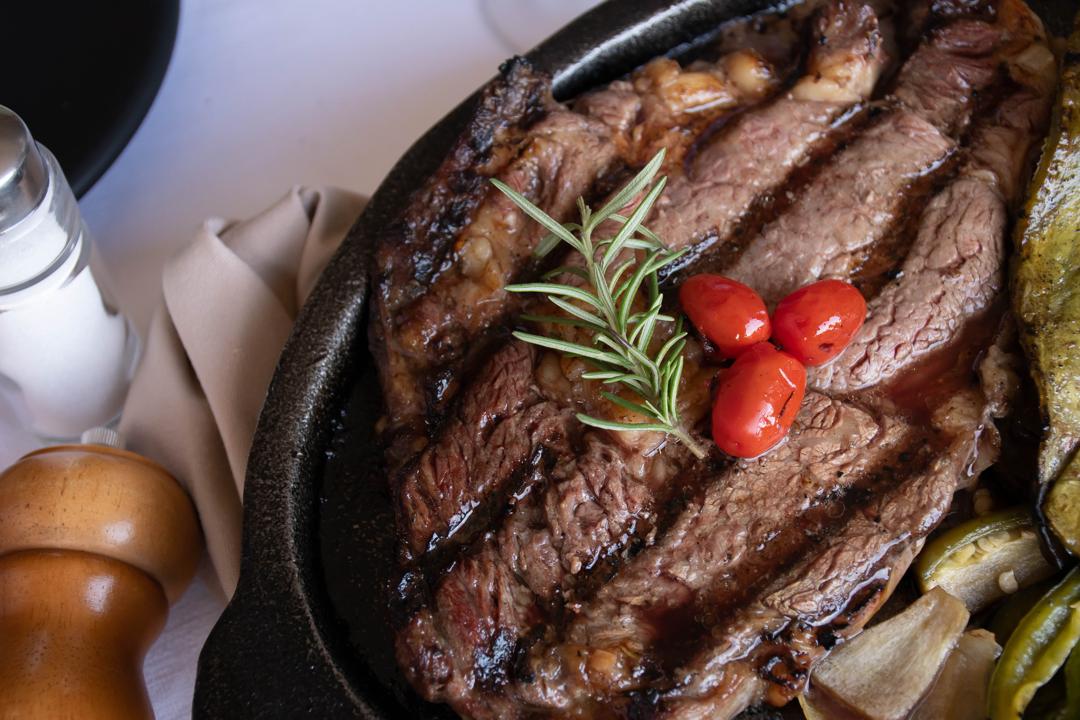The Paleo Diet: An Ancient Atkins Alternative
The Paleo diet and the Atkins diet are two popular low-carbohydrate diets that have gained significant attention in the health and wellness community. As an experienced health and wellness coach, I often encounter individuals who are researching these diets and seeking guidance on which one may be more suitable for their goals. In this article, I will provide an in-depth comparison of the Paleo and Atkins diets, highlighting their similarities, differences, benefits, and potential drawbacks.
Understanding the Paleo Diet
The Paleo diet, also known as the Paleolithic diet or the caveman diet, is based on the concept of eating foods that our ancestors consumed during the Paleolithic era. This diet emphasizes whole, unprocessed foods and excludes grains, legumes, and dairy products. Here are some key points to understand about the Paleo diet:
-
Origins: The Paleo diet is inspired by the dietary patterns of our hunter-gatherer ancestors who lived thousands of years ago. They primarily consumed lean meats, fish, fruits, vegetables, nuts, and seeds.
-
Principles: The Paleo diet focuses on consuming foods that are nutrient-dense and free from additives, preservatives, and artificial ingredients. It promotes a balanced intake of protein, healthy fats, and carbohydrates from fruits and vegetables.
-
Exclusions: The Paleo diet excludes grains, legumes, and dairy products due to their potential negative effects on gut health and inflammation. By eliminating these food groups, proponents of the Paleo diet believe it can improve digestion, promote weight loss, and increase energy levels.
Exploring the Atkins Diet
The Atkins diet, developed by Dr. Robert Atkins in the 1960s, is another low-carbohydrate diet that gained popularity for its effectiveness in weight loss. Here are some key points to understand about the Atkins diet:
-
Low-carbohydrate focus: The Atkins diet is characterized by its emphasis on reducing carbohydrate intake and increasing consumption of protein and fats. It is divided into four phases, with each phase gradually reintroducing carbohydrates.
-
Weight loss impact: The Atkins diet is known for its potential to promote rapid weight loss, especially during the initial phase, which restricts carbohydrate intake to a minimum. This can be attributed to the body entering a state of ketosis, where it burns stored fat for energy.
-
Potential drawbacks: One potential drawback of the Atkins diet is the restriction of certain food groups, such as fruits, whole grains, and legumes. This can lead to nutrient deficiencies if not carefully managed. Additionally, the high intake of saturated fats in the Atkins diet may raise concerns about cardiovascular health.
Comparing the Paleo and Atkins Diets
While both the Paleo and Atkins diets share a low-carbohydrate approach, there are key differences between them. Here’s a breakdown of their similarities and differences:
- Similarities:
- Emphasis on protein and healthy fats: Both diets prioritize the consumption of protein-rich foods, such as lean meats, fish, and eggs, as well as healthy fats from sources like avocados, nuts, and olive oil.
- Potential weight loss benefits: Both the Paleo and Atkins diets have been associated with weight loss due to their restriction of carbohydrates and focus on whole, unprocessed foods.
- Differences:
- Inclusion of certain food groups: The Paleo diet allows for the consumption of fruits, vegetables, and nuts, while the Atkins diet restricts or limits these food groups during the initial phases.
- Carbohydrate restriction: The Atkins diet places a stronger emphasis on restricting carbohydrates, especially in the early phases, whereas the Paleo diet allows for a moderate intake of carbohydrates from fruits and vegetables.
When it comes to long-term sustainability and health benefits, the Paleo diet may have an advantage. Its emphasis on whole, unprocessed foods and balanced macronutrient intake aligns with general recommendations for a healthy diet. However, it’s important to note that individual preferences and goals should be taken into consideration when choosing a diet.
Recommendations
If you’re researching the Paleo and Atkins diets, here are some recommendations to consider:
-
Consult with a healthcare professional: Before making any significant dietary changes, it’s important to consult with a healthcare professional, such as a registered dietitian or a doctor, who can provide personalized advice based on your specific needs and medical history.
-
Consider your goals and preferences: Both the Paleo and Atkins diets have their own unique characteristics. Consider your goals, lifestyle, and food preferences when deciding which diet may be more suitable for you.
-
Focus on overall dietary quality: Regardless of the diet you choose, prioritize the consumption of whole, unprocessed foods and aim for a balanced intake of macronutrients. This can help ensure that you’re meeting your nutritional needs while supporting your overall health and well-being.
In conclusion, the Paleo diet and the Atkins diet are two low-carbohydrate diets that have gained popularity in recent years. While they share similarities in their emphasis on protein and healthy fats, they differ in terms of the inclusion of certain food groups and the degree of carbohydrate restriction. It’s important to consider individual goals, preferences, and consult with a healthcare professional before making any significant dietary changes.
References:
